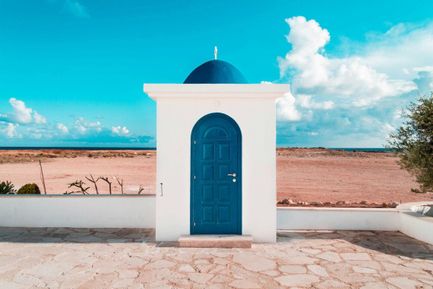
Apply to a foreign university with confidence
- Properly fulfilled documents
- Perfect motivation letter
- Support from a personal mentor
- Offers from several universities
Article score: 5 out of 5 (1 review)
Japanese courses in Japan are a great opportunity to learn the language, and also to prepare for university and further immigration. A visa can be obtained for two years, and the courses themselves help with the JLPT exam and paperwork. In addition, they are relatively cheap — 330 USD per month.
Free consultation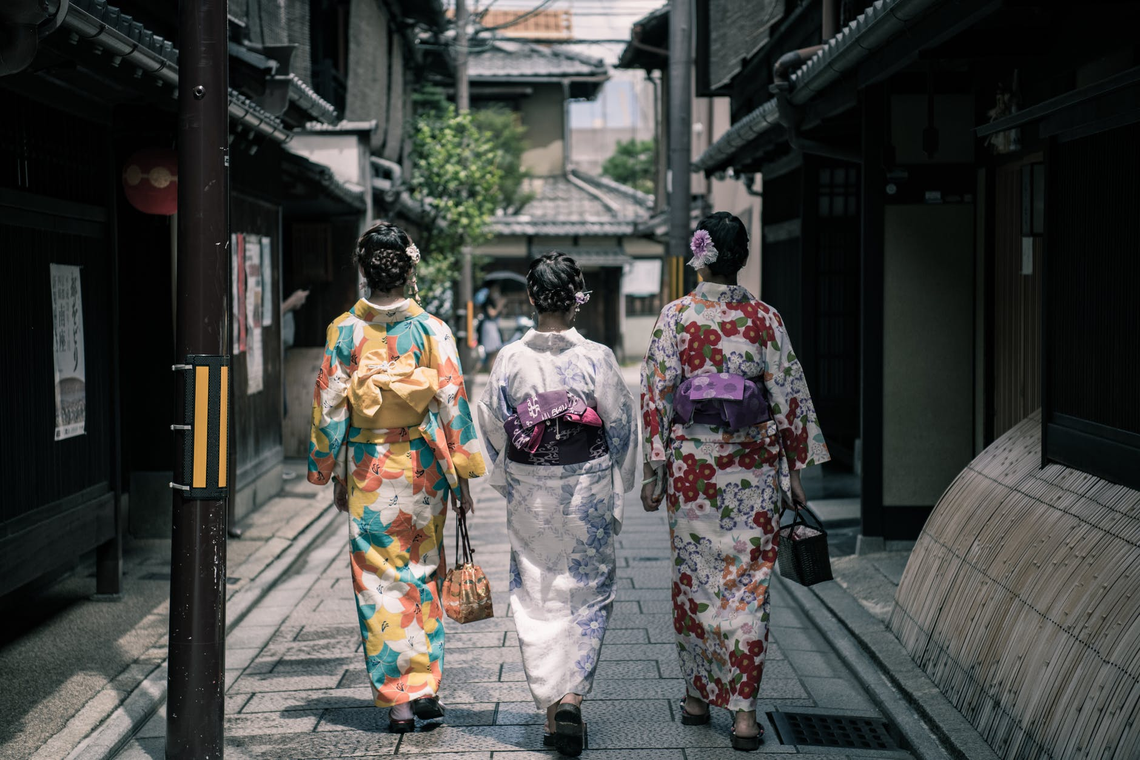
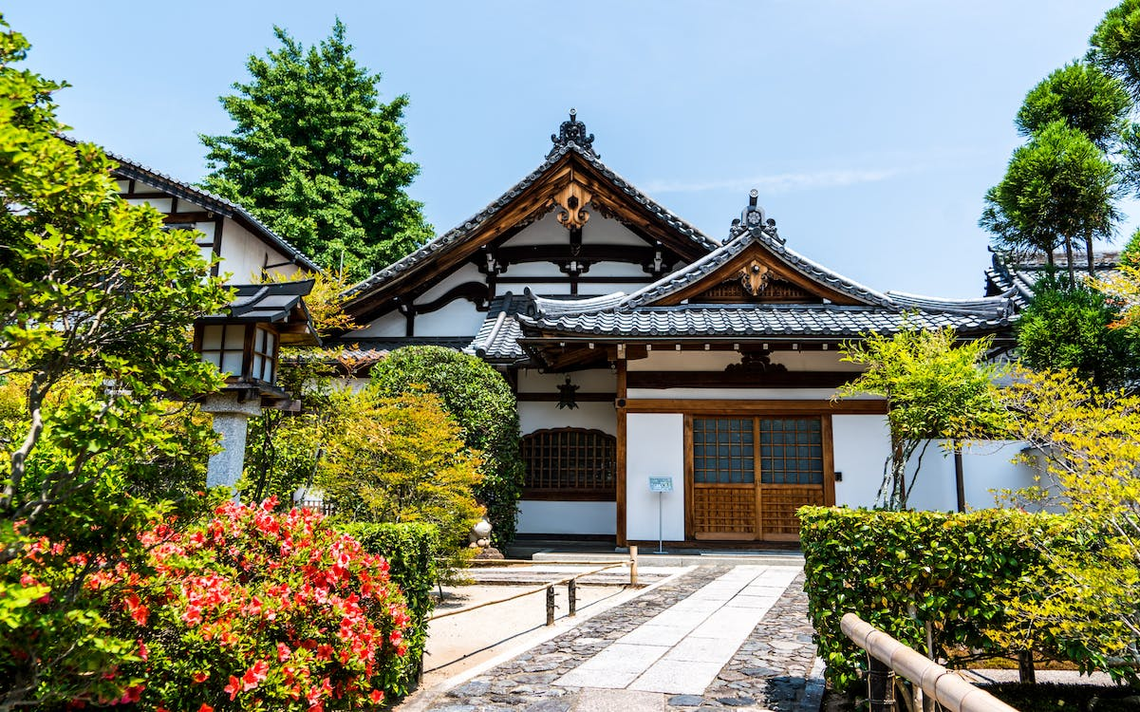
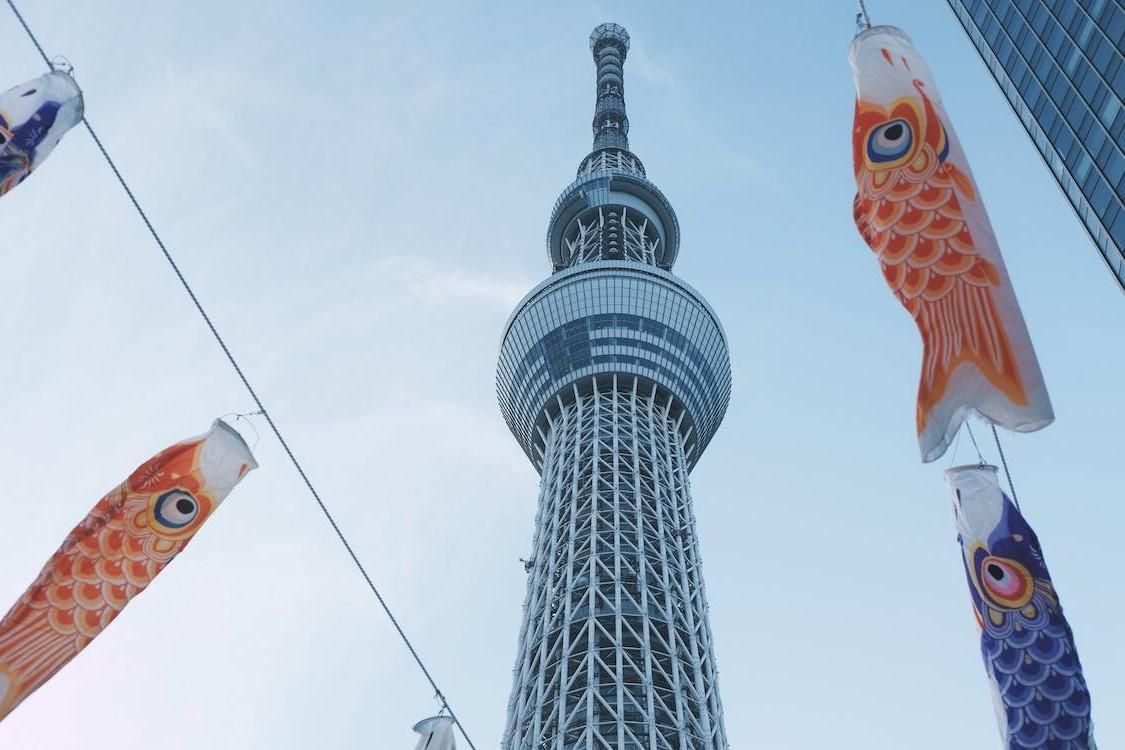
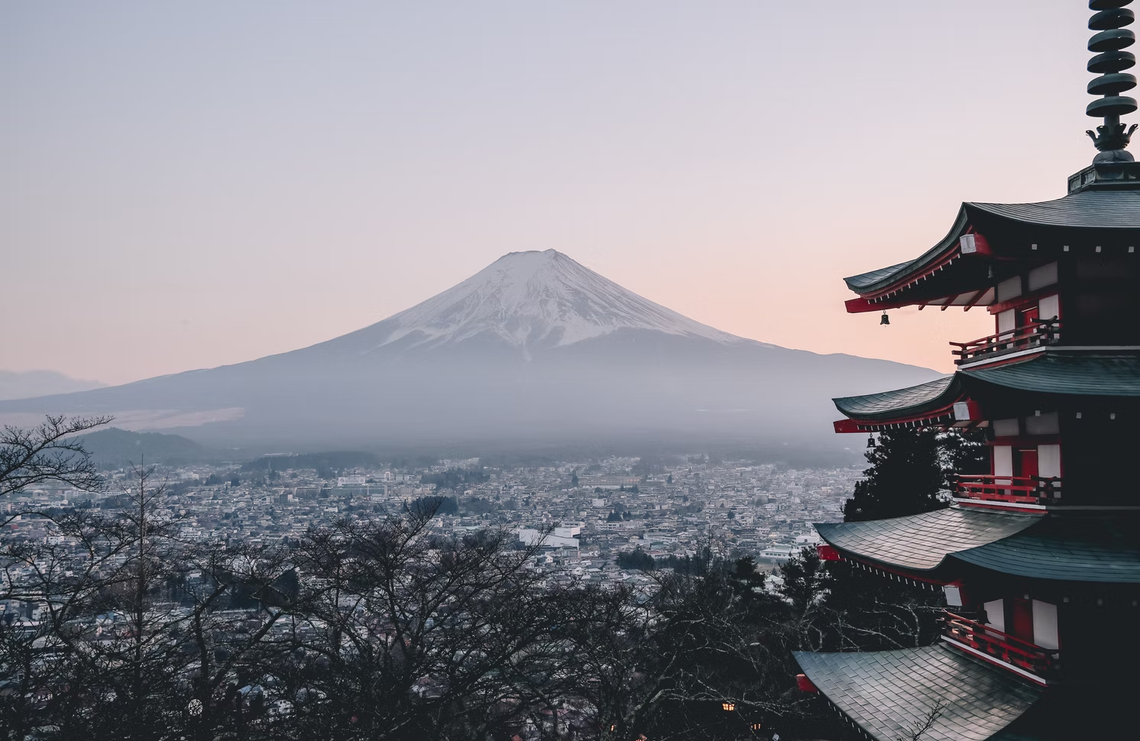

Japanese courses in Japan are a great opportunity to not only learn the language, but also prepare for further university studies and immigration. A visa can be obtained for two years, and the courses themselves help with exams and paperwork. In addition, courses are relatively cheap — 330 USD per month.
| School | Program | Weeks | Tuition fee/week | Homestay | Living in a residence | Cities |
|---|---|---|---|---|---|---|
| International Study Institute (ISI) | Academic Japanese | 10+ | 4,859 USD/year | 1,189 USD/month | 769 USD/month | Kyoto, Nagano, Tokyo |
| Career Japanese | 10+ | 5,243 USD/year | ||||
| General Japanese | 10+ | 4,754 USD/year | ||||
| Evening Course of Intensive Business Japanese | 10+ | 594 USD/10 weeks | ||||
| Shinjuku Japanese Language Institute (SNG) | Weekday Courses | 1 year | 5,593 USD/year | 38 USD/day | 419 USD/month | Tokyo |
| Saturday Japanese courses | 3 months | 475 USD/course | ||||
| Summer Course | 3 | 1,398 USD/course | ||||
| Preparation Classes | 10+ | 175 USD/10 lessons | ||||
| Evening Classes | 3 months | 245 USD/10 lessons | ||||
| Private Japanese Lessons | Individual | 49 USD/lesson | ||||
| Kanji Course | 1+ | 7 USD/lesson | ||||
| ABK COLLEGE | 1 Year Course | 1-2 years | 5,034 USD/course | - | 175-489 USD/month | Tokyo |
1 Year | 6,117 USD/course | |||||
| 1 Year 6 months Course | JPY/course | |||||
| 1 Year 9 months Course | 8,285 USD/course | |||||
| 2 Years Course | 9,368 USD/course |
| Type of program | Intensity? | Group | Min. language level | Avg. monthly cost |
|---|---|---|---|---|
| General Japanese | 15-25 | 15-20 | Beginner | 385 USD |
| Academic Japanese | 15-24 | 8-20 | Beginner | 4,859 USD/year |
| Evening Course | 4-10 | 15-20 | Beginner | 699 USD/10 weeks |
| Business Japanese | 15-20 | 10-15 | Upper-Intermediate | 126 USD |
| Summer / Winter Course | 20 | 15-20 | Beginner | 1,398 USD/3 weeks |
| Private | Individual | 1 | Beginner | 42 USD/hour |
| Exam JLPT, EJU | 25 | 6-12 | Intermediate | 210 USD |
| Japanese Conversation Course | 20 | 12-20 | Intermediate | 629 USD |
| Japanese Culture | 10-25 | 8-20 | Beginner | 1,077 USD |
| Preparatory Course | 15-25 | 15-20 | Pre -Intermediate | 4,894 USD/year |
General Japanese — standard and intensive courses. At the elementary level, students learn the alphabet (hiragana and katakana), the first 80 characters, and simple colloquial expressions. Grammar and four types of speech activity are mastered next: listening, reading, speaking, writing. The minimum duration is 3 months, but most schools only offer one-year programs.
Academic Japanese — Japanese for academic purposes. Similar to General Japanese courses, but here you can choose electives with more specialized areas. You learn how to write research articles, develop skills that will be useful when passing exams and interviews, and receive advice on admission to the best Japanese universities.
Business / Career Japanese — a course that teaches the polite style and vocabulary of business Japanese. Only available for advanced language levels. Students learn how to make presentations, participate in meetings, pass interviews, and write resumes.
Evening Course — courses that can be combined with work or tourism. They are conducted from 18:30 to 21:00.
Summer / Winter Course — perhaps the shortest courses available, lasting no longer than 3 weeks. They are distinguished by an emphasis on the cultural entertainment of Japan. Students attend tea ceremonies, participate in sumo, and travel to different prefectures of the country.
Private — the content of the curriculum, intensity, and duration are selected taking into account the language level and goals of the client.
Exam JLPT, EJU — preparatory courses for the official language exams in Japan. EJU is the entrance test for university admission, and JLPT is a more general examination to determine language levels for consulates and employment.
Japanese Conversation Course — conversational skill training. It will save time if you are not interested in grammar, writing, and reading hieroglyphs.
Japanese Culture — studies concerning the language and culture of Japan. There are many options: drawing manga, holding tea ceremonies, cooking Japanese cuisine, or traveling around the country.
Courses at Japanese universities are not diverse, but very common. There are at least 60 universities and colleges where you can study the language. They mainly offer general and academic Japanese courses ranging from 12 to 24 weeks.
Preparatory Courses deserve special attention. These are a Japanese analogue of the Foundation program, which is chosen by future applicants. These courses not only cover Japanese, but allow students to attend lectures and seminars in the chosen specialty at the university.
In addition, these courses are often chosen by applicants who lack the necessary academic knowledge. In Japan, students go to school for 12 years, while other countries may only require 11 years. The missing year can be "scored" during the preparatory course. It lasts an average of 12-18 months and costs between 4,544 USD and 8,389 USD.
It is advisable to plan admission six months to a year before the start of classes. In Japan, obtaining a visa is a rather lengthy process.
First, you need to decide on the city and school. Then, choose a course and its duration. The type of visa and further admission directly depend on this.
For courses of less than 3 months, you need to obtain a short-term visa. To do so, you must pay for the course, receive an invitation by mail, and bring it to the embassy along with other documents.
If the chosen course lasts longer than 6 months, a student visa is required. You will need a certificate of residence status — Certificate of Eligibility (COE). An application and copies of your documents are submitted to the immigration service by the school.
After admission and issuance of the COE certificate, you need to pay for your studies and pass an entrance test for knowledge of Japanese, after which you will be assigned to a group according to your language level. After that, you can start preparing documents for a visa.
It is worth taking care of accommodation in advance. You can choose one of the school options or book your own accommodation several months in advance.
We also recommend that you learn about the conditions concerning returns. Guaranteed expenses are compensated in case of a COE certificate or visa refusal. In other cases, the conditions may differ depending on the school.
Long-term courses lasting from 6 months to 2 years are most common. This is due to the peculiarities of obtaining a visa.
Recruitment for most long-term courses is held no more than four times a year: in April, July, October, and January. For short-term courses, admission is possible at the beginning of each month. Summer courses usually take place in July and August. At some schools, it is possible to enroll in a group in which classes are already underway, but only if there are vacant spots available.
There is an age threshold for long-term courses — at least 17-18 years old and preferably 11 grades of school. Children from 15 years old can study in short-term programs at some schools, and there is a younger group available for summer courses — 12-14 years old.
It will be especially difficult to get by in Japan with a beginner level, given that there are few English speakers in Japan. Is it worth learning at least hiragana in advance — it is one of the Japanese alphabets. Without it, it will be impossible to navigate the city and remember the first words.
Lessons are mainly based on a visual method using cards. Teachers speak only Japanese to students, so the first few weeks will be difficult to get used to. Despite the difficulties, language acquisition is effective and relatively fast due to complete immersion in the environment of native speakers.
In Japan, there are scholarships that can pay for language courses. Most often, they are offered by the Ministry of Education (MEXT), the Japanese Language Support Association, and JASSO, an international student support organization. Such scholarships are offered for long-term courses. They can pay from 140 USD per month and sometimes completely cover tuition fees[4].
Upon completion of long-term courses, students receive certificates or diplomas — but only with an attendance of 80% and after successfully passing the exam at an A2 level.
| Accommodation options | Meals | Number of people per room | Min. cost | Avg. cost |
|---|---|---|---|---|
| Host family | Breakfast + dinner | 1-2 | 657 USD/month | 839 USD/month |
| School residence | Breakfast + dinner | 1-3 | 175 USD / month | 454 USD/month |
| Hotel | Optional | 1-2 | 273 USD/week | 1,056 USD/week |
| Apartment | None | 1+ | 280 USD/month | 450 USD/month |
| Expense | Average cost |
|---|---|
| Deposit | 385 USD |
| Registration fee | 231 USD |
| Exam fees | 91 USD |
| Medical insurance | 126 USD/month |
| Study materials | 17 USD |
| Airport transfer | 29 USD |
| Summer tuition fee supplement | 56 USD/week |
| Service | Cost |
|---|---|
| Complete guidance in registering for courses — language schools abroad | 38,000 ₽ |
| Complete guidance in the admission process — university language courses | from 75,000 ₽ |
| Visa guidance | 69,000 ₽ |
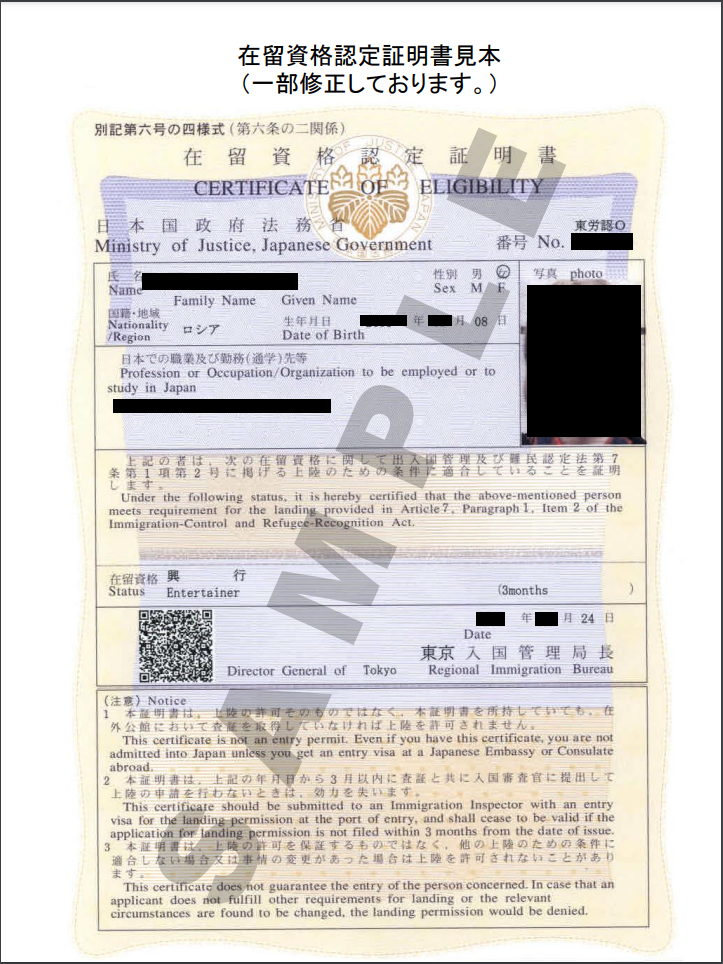
First you need to enroll and pay for your studies. Afterwards, the school will submit an application form to the immigration office for a Certificate of Residence Status (COE) on your behalf. Then, it will send it to you by mail along with an admission letter and permission to work part-time. All of this will need to be taken along with other documents to the Japanese embassy or consulate.
Required documents:
Depending on the chosen course and school, the list of documents may be different. Additionally, they may request a motivation letter, documents on previous education, and Japanese language level certificates.
Short-term or tourist visas are issued for study purposes with a maximum duration of 90 days. First, you need to enroll at the school and pay for the course. After that, it will send you an admission letter and an invitation, which you will need to bring to the embassy or consulate.
Required documents:
Only student visa holders can work up to 28 hours a week. You will also need a work permit, which can be obtained from your local immigration office.
This is a network of companies that includes five language schools, two colleges, and one university. You can study in Tokyo, Ikebukuro, Harajuku, Kyoto, or Nagano. More than 3000 students from 96 countries study at the school.
ISI regularly hosts sports or food competitions and festivals with Japanese students for cultural exchange. Students are also introduced to Japanese culture. They try on yukata, go to theaters, and even attend sumo classes.
Most of the courses are long term. You can attend for less than 10 weeks. You can study Japanese from scratch in General Japanese, prepare for university studies in Academic Japanese, or master business vocabulary in Career Japanese.
The Shinjuku Japanese Language Institute was founded in 1975. It is located in the student area of Takadanobaba, Tokyo. For over 40 years, the school has been using its own learning style — the Ezoe Method — with the help of special cards and gestures. The school also has an application for smartphones — VLJ — in which students can repeat the material after face-to-face classes and prepare for the next lessons.
SNG has Weekday Japanese Courses — general Japanese courses for any language level that take place on weekdays. See also:
ABK College Japanese Language School (Asia Bunka Kaikan) is located in the Bunkyo area of Tokyo. The school has one type of course with a minimum duration of one year, which is suitable for mastering Japanese from a beginner level (N5) to an advanced level (N2). You can study for up to two years — the longer the duration, the lower the cost.
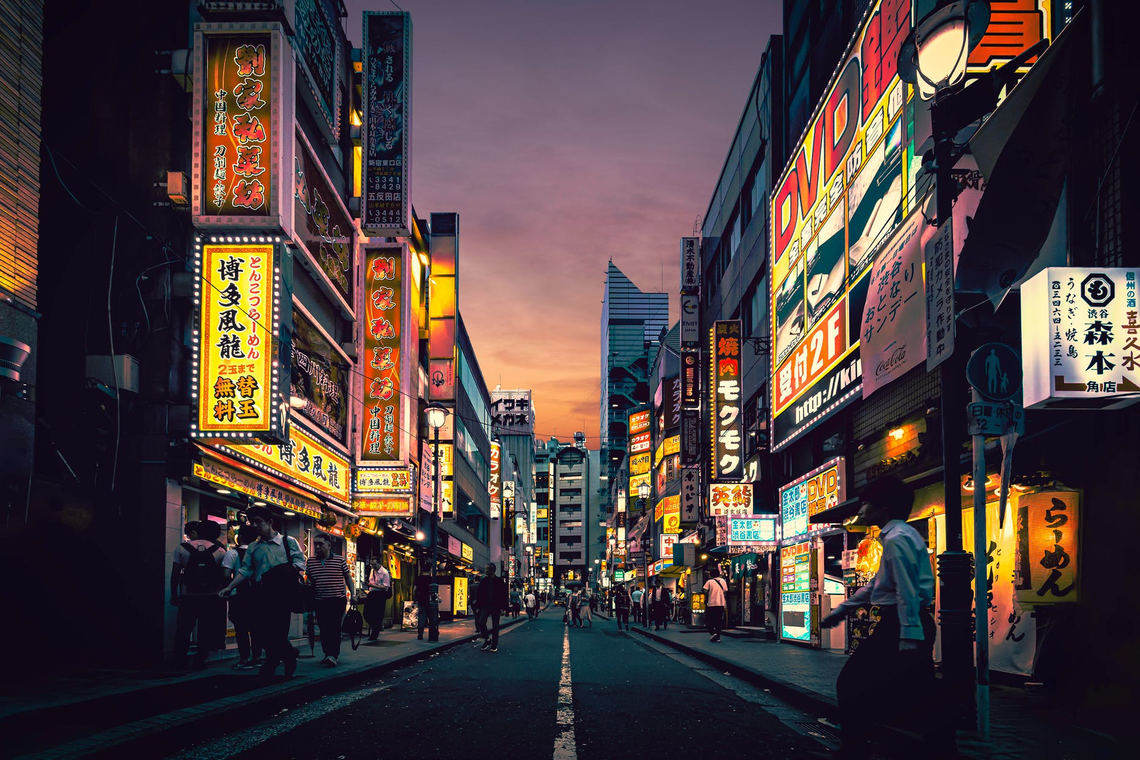
| Population | 13960000 |
| Number of universities | 143 |
| Monthly expenses (food + housing) | 1,044 USD/month |
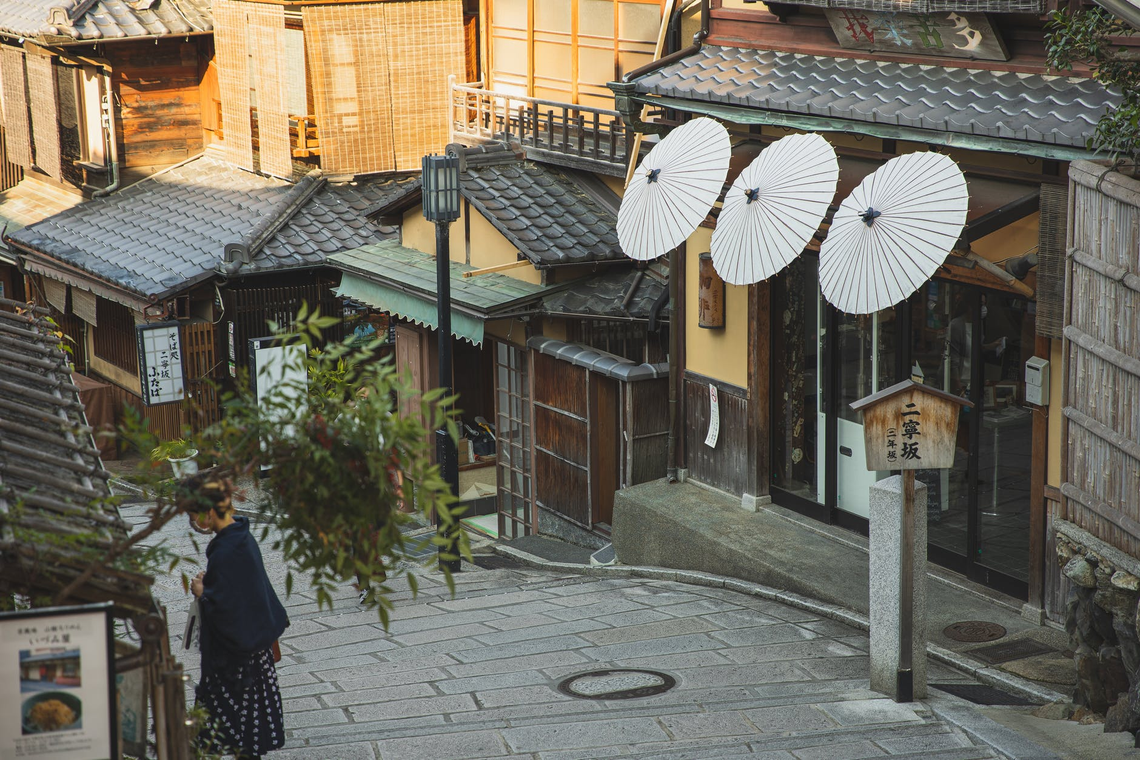
| Population | 1500000 |
| Number of universities | 32 |
| Monthly expenses (food + housing) | 617 USD/month |
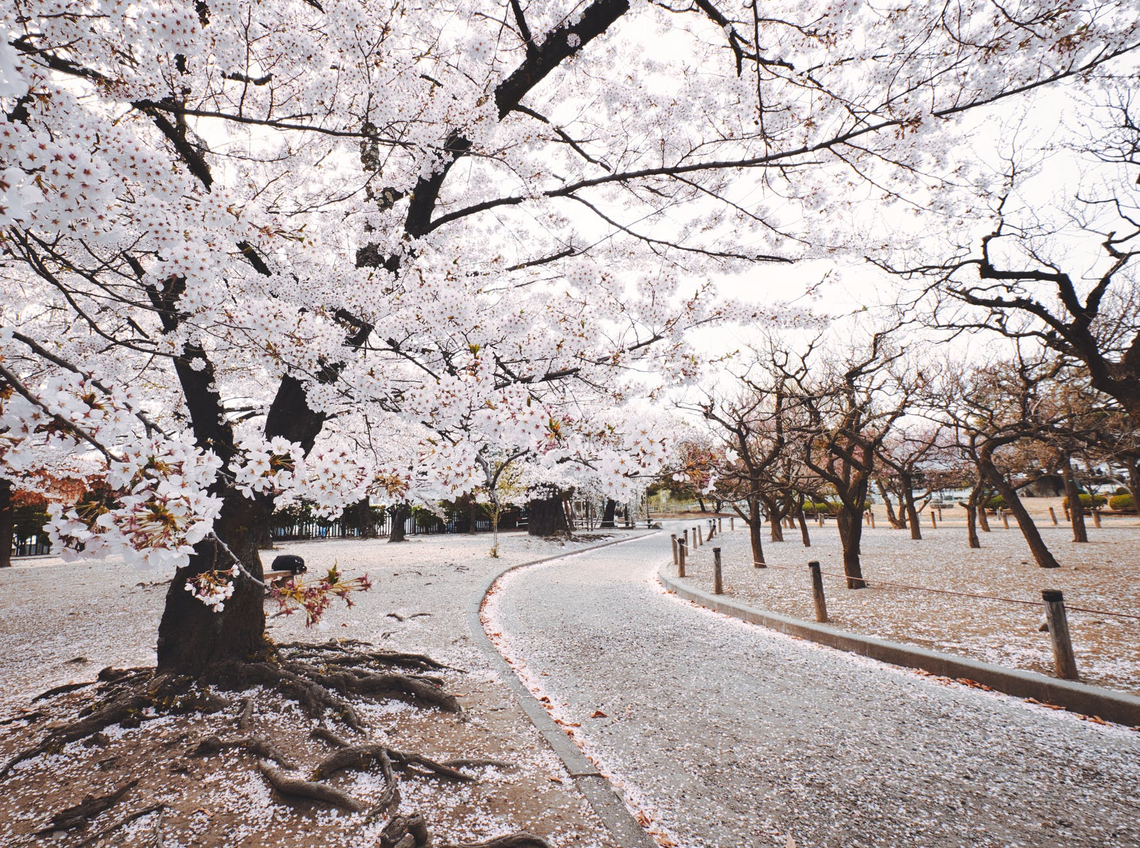
| Population | 370000 |
| Number of universities | 3 |
| Monthly expenses (food + housing) | 595 USD/month |
60+ countries
we work with
$1,000,000 saved
by students through scholarships
6,400 offers
our students got